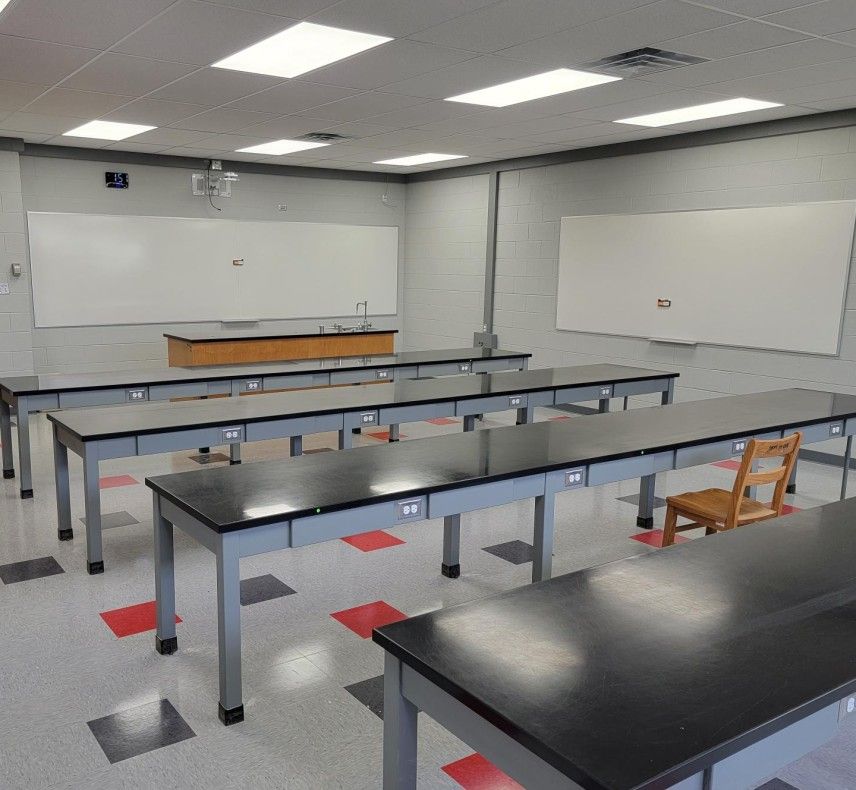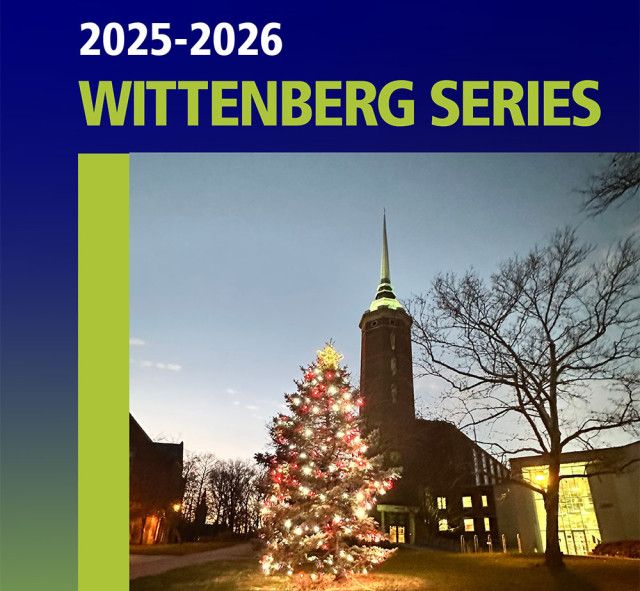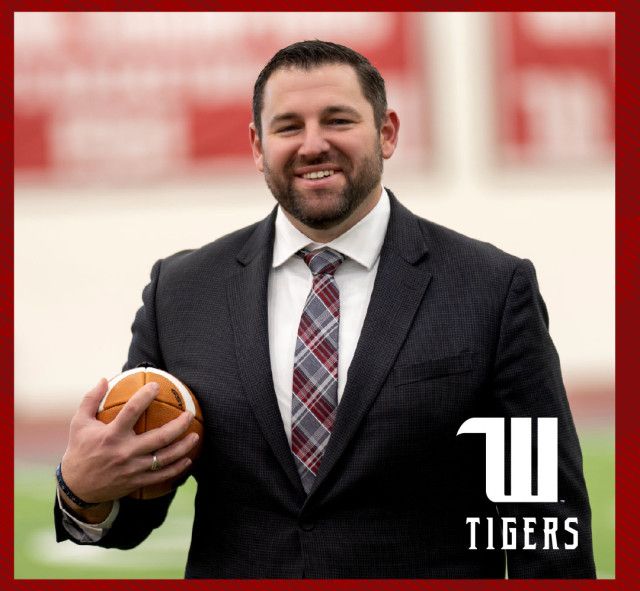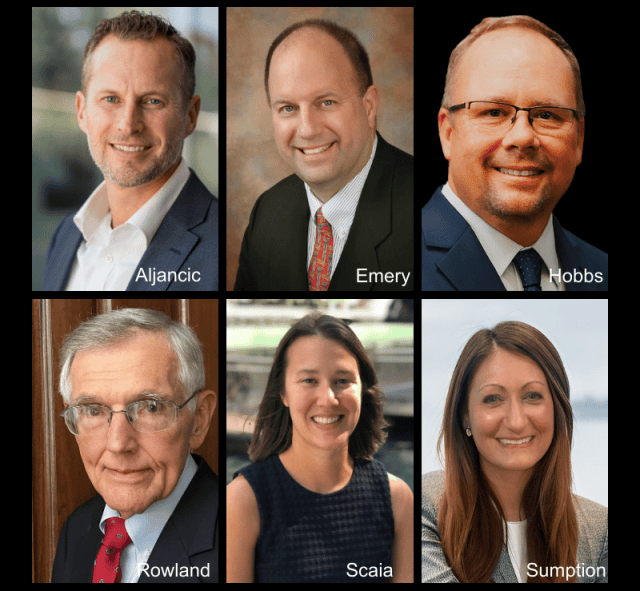Developing new programs is nothing new to John Thistlethwaite, associate professor of health and sport studies at Wittenberg. Upon coming to the University in 2019 to help grow the exercise science program, Thistlethwaite was asked about the potential of implementing a gross anatomy lab, something he had accomplished at other universities. Fast forward and following some extensive renovations in Wittenberg’s Barbara Deer Kuss Science Center, the goal has come full circle with the University now being one of few liberal arts institutions to offer a gross anatomy lab to its students.
“It is definitely unique for an institution our size,” Thistlethwaite said. “Even more unique is the ability for undergraduate students to do their own dissection on a human cadaver. I had the privilege of teaching and running a gross human anatomy course at my previous institution, including designing two different cadaver labs.”
The new lab was designed by Thistlethwaite and then constructed by Wittenberg’s facilities management and IT teams in approximately five months. The lab is located in rooms 107 and 109 of the Kuss Science Center, a lab and classroom previously occupied by the geology department.
“Our facilities and IT crews did an amazing job with the renovations. The cadaver lab and adjoining classroom at Wittenberg is one of the nicest cadaver labs that I have used or observed,” Thistlethwaite said. “In terms of technology and offerings, I don’t think there is a better space around.
“The lab will greatly benefit any student who plans on continuing in a professional program such as medical school, physician assistant program, physical therapy program, etc. as those programs typically have a gross human anatomy course,” he added. “Any student who wishes to continue in a professional program or graduate program would benefit from this course. It is also a requirement for the new bachelor of science in exercise science and an option for those majoring in biology.”
Renovations consisted of first abating asbestos above the ceiling tiles and a complete renovation of both spaces that included new HVAC, floors, lights, ceiling tiles, paint, fixtures, built-ins, counters with two sinks, and desks with electrical. There is also a camera and monitors in the lab connected to the classroom so any anatomical structure seen on any of the cadavers can be viewed on the monitors and in the classroom.
Students enrolled in the HSS 350 class, Gross Human Anatomy, will be the primary users of the space. Students will do a full dissection of the cadavers. Other classes and majors, including nursing, may also have a chance to use the lab in the near future.
“In a lot of cadaver labs, graduate students or faculty do the dissections, and undergraduate students have the prosected cadavers to view,” Thistlethwaite said. “In our lab, undergraduate students will do all of the dissecting, which really is a unique experience. We have six full anatomical skeletal models as well as disarticulated skeletons. We also have multiple anatomical models of different organs including eyes and ears. The technology in the lab and classroom are truly amazing. We will have four cadavers, and they will be here sometime toward the end of July. We will either use the cadavers for one or two years. We will also have multiple high school AP classes observe the cadaver lab.”
The goal for the lab is to provide students a unique experience on dissecting a human cadaver and to use that knowledge in a future occupation or professional/graduate program. Students will also be able to do advanced dissection on the cadavers on areas of their choosing. For example, if a student has an interest in neurology, they could do an advanced dissection of the brain, spinal cord, and peripheral nerves.







